Dressing can be difficult for some individuals with Down syndrome, in part because bilateral coordination and dexterity skills can be challenging for many individuals with Down syndrome. I have shared information about adaptive tops & pants, belts, and shoes & shoelaces below.
 TOPS & PANTS
TOPS & PANTS
There are (stylish!) options to promote independence with dressing.
Options may:
-
Eliminate the need for fastening or zipping closures, which may speed up dressing and alleviate frustration
-
Provide easy-close alternatives
-
Be available in petite sizes or short lengths
-
Resemble standard clothing including shirts, sweatshirts, pants, jeans, khakis, or other tops and pants
While not an exhaustive list, some examples of tops include:
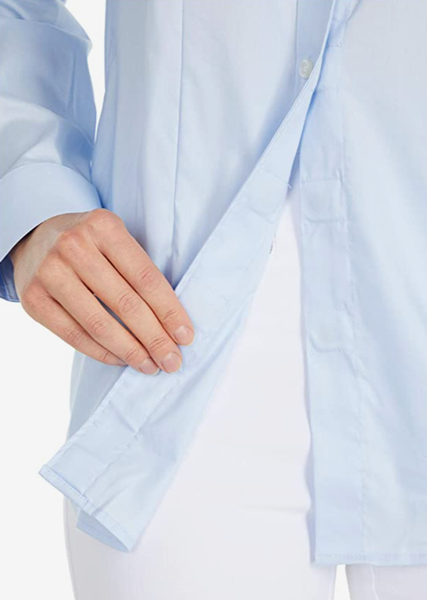

While not an exhaustive list, some examples of pants include:

The terms in the lists above may be helpful to use in search engines or when online shopping. Prices, fabrics, and availability vary, although options can be found at many common retailers such as Kohls, Target, Nordstrom, Macy’s, and Amazon.
Some specific lines and brands include (listed alphabetically, not in order of preference):
 BELTS
BELTS
Two "buckle-less" belt options are:
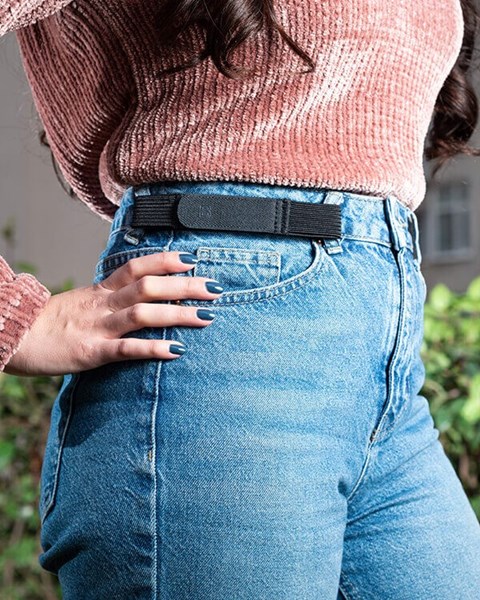
 SHOES & SHOELACES
SHOES & SHOELACES
Many brands offer adaptive styles (prices and availability vary). Some features of adaptive shoes include:
-
No tying required
-
Wraparound zippers
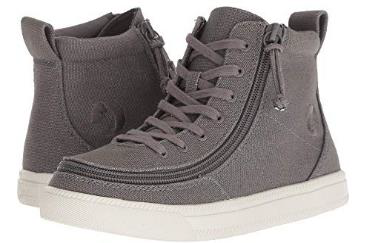


The following are several examples of adaptive shoes or brands that make adaptive shoes (listed alphabetically, not in order of preference). Many of these brands also carry wide shoe options.
Rather than buying a new pair of shoes, adaptive shoelaces can be used with an existing pair of shoes. They replace or attach to standard laces and turn lace-up shoes into slip-ons. Options include:
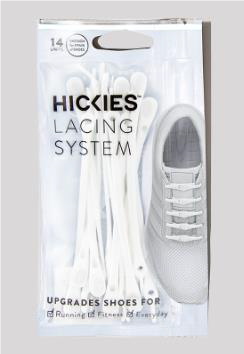
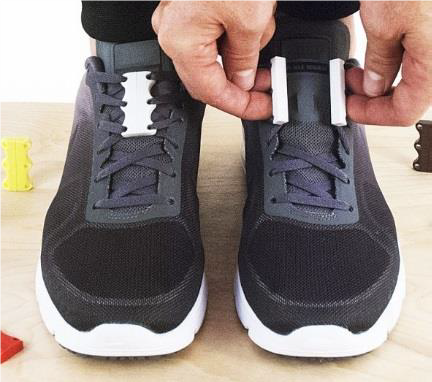
**Please note: We are sharing information about these products for educational purposes only. The Adult Down Syndrome Center does not receive financial support or compensation for sharing information about these products.
Additional resources can be found in the Self-Care and Hygiene section of our Resource Library.